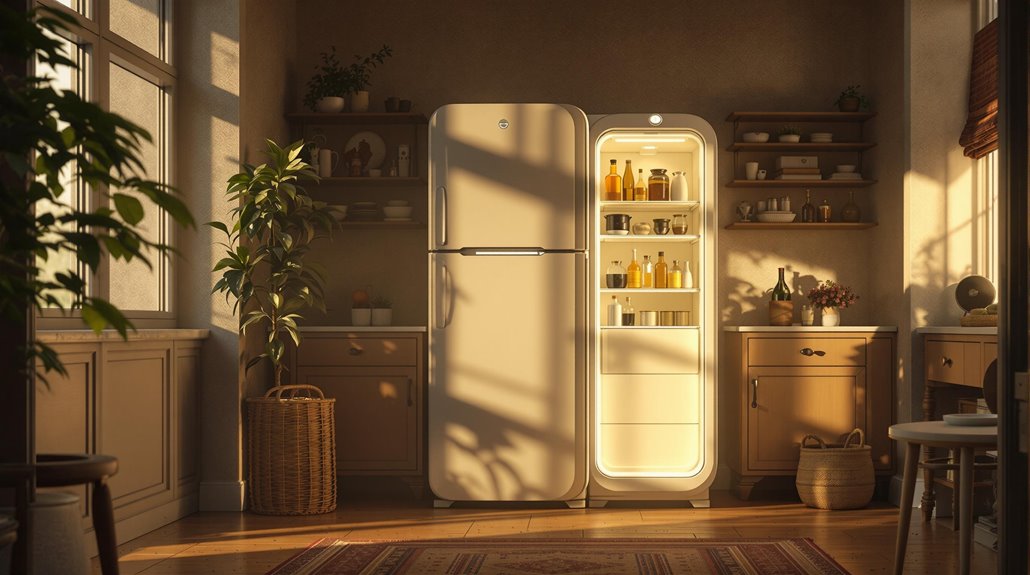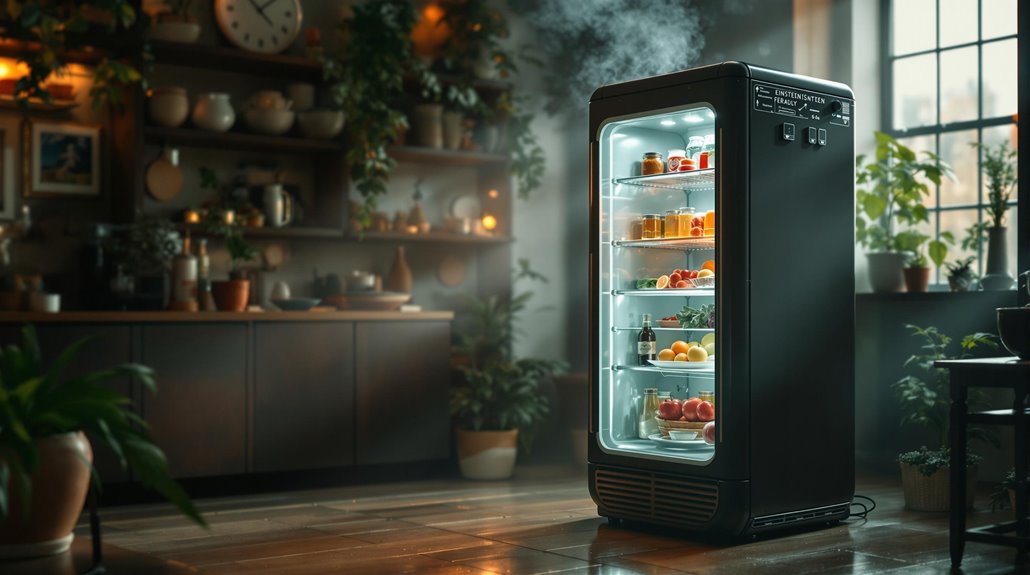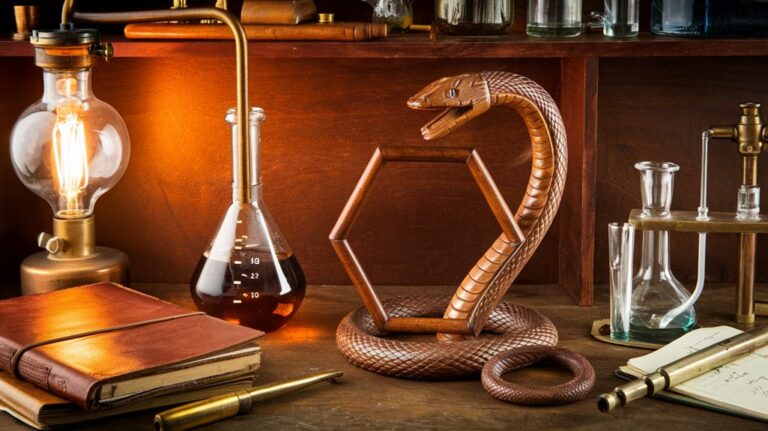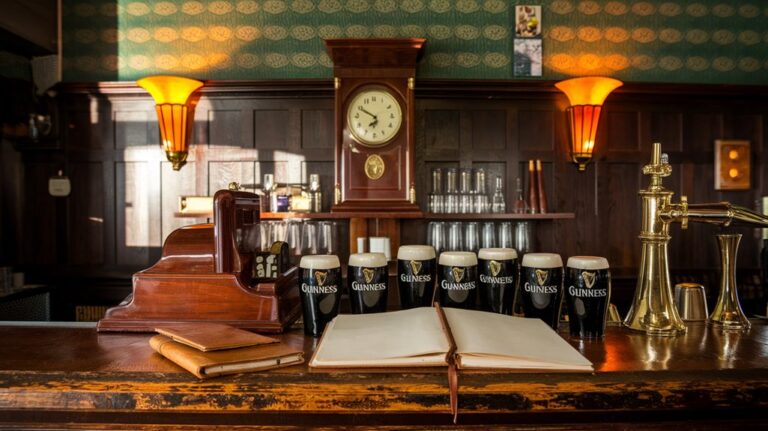Einstein’s Eco-Friendly Fridge: The Forgotten Invention
You might know Einstein for his groundbreaking physics theories, but there's another side to his genius you haven't heard about. In the 1920s, he and fellow scientist Leo Szilard created an eco-friendly refrigerator that could run without electricity and had zero moving parts. While this innovative cooling system never reached mass production, its principles could hold the key to sustainable refrigeration in our modern fight against climate change.
The Birth of a Safer Cooling Solution
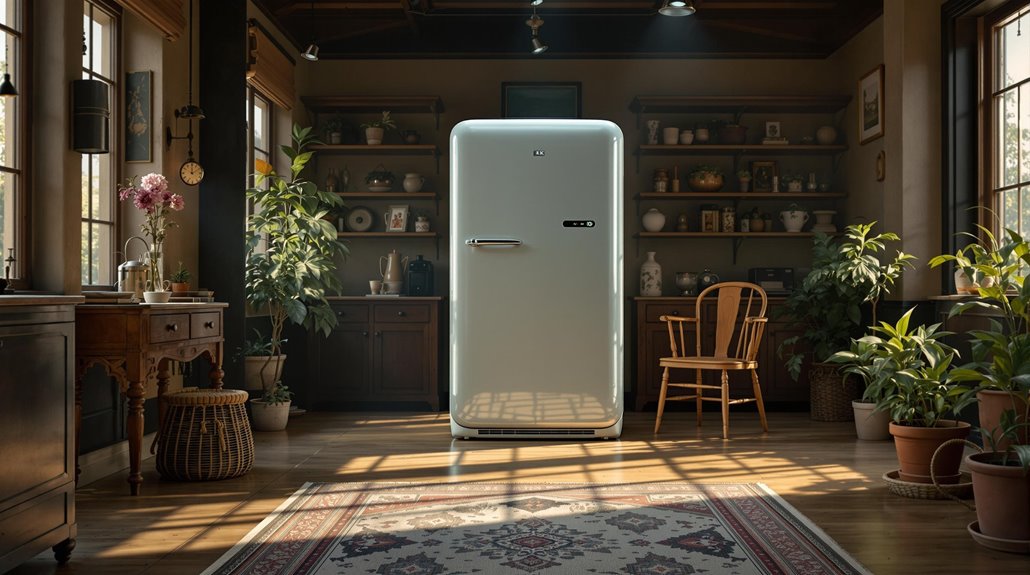
When news of a family's tragic death from a toxic refrigerator leak reached Albert Einstein in 1926, he and fellow physicist Leo Szilard set out to create a safer cooling solution.
Einstein's motivation stemmed from his determination to prevent similar tragedies by eliminating dangerous mechanical components that could fail and leak toxic gases.
Their refrigeration innovations focused on developing a system that would operate without moving parts, maintaining constant pressure while requiring only a heat source to function.
You'll find their dedication reflected in the 45 patents they secured across six countries, showcasing three distinct models.
Drawing from his experience at the Swiss Patent Office, Einstein collaborated with Szilard until 1934, creating a design that would revolutionize cooling technology.
Like today's evaporative cooling systems that use minimal energy consumption, their design aimed to be highly efficient while maintaining safety.
Though safer than contemporary refrigerators, their invention faced significant commercial challenges. The design utilized pressurized gas instead of harmful freons to achieve its cooling effect.
How Einstein's Patent-Free Fridge Actually Worked
Though Einstein's refrigerator design lacked moving parts, its sophisticated absorption cycle demonstrated remarkable ingenuity. The system operated using three working fluids: ammonia, butane, and water, which interacted at constant pressure to create a cooling effect.
When you heat the generator containing an ammonia-water solution, the ammonia separates and vaporizes. This vapor then condenses and mixes with hydrogen gas, triggering butane evaporation in the cooling chamber. As the butane evaporates, it draws heat from its surroundings, creating the desired cooling effect.
The process continues as the ammonia returns to mix with water in the absorber. Time Magazine recognized the significance of this invention in 2008 by ranking it 31st among the best inventions. Einstein and Szilard developed this non-toxic chemical system in direct response to fatal refrigerant accidents.
While less efficient than modern compressor-based systems, Einstein's design showed potential for efficiency improvements through advanced materials, offering a promising framework for eco-friendly refrigeration technology.
Environmental Impact and Safety Features
Despite its historical origins, Einstein's refrigerator design offers remarkable environmental and safety advantages that align perfectly with modern sustainability goals.
You'll find that it operates without electricity, using natural refrigerants and sustainable materials instead of harmful Freon. Originally developed in response to deadly leaks, the invention aimed to create a safer alternative to traditional cooling systems. The fridge's energy efficiency comes from its absorption cooling process, which can potentially run on solar power.
The design's safety features are equally impressive. With no moving parts and a constant pressure system, you're looking at a considerably reduced risk of mechanical failures and dangerous leaks. The patent was acquired by Electrolux, though it never achieved commercial success.
The diluted ammonia makes it safe for home use, while its potential century-long lifespan means less e-waste. This innovation could revolutionize cooling in developing nations and inspire future eco-friendly technologies, all while reducing global refrigeration emissions.
Why This Revolutionary Design Never Took Off
Although Einstein's refrigerator design showed incredible promise, several key factors prevented its widespread adoption.
You'll find that market competition from freon-based refrigerators posed a significant challenge, as they proved more cost-effective and efficient. The Great Depression's funding challenges severely limited development, with Electrolux acquiring key patents for a modest sum of $750.
The political turmoil in Nazi Germany forced Einstein and Szilard to flee, disrupting their ongoing work.
Technical limitations also played a role – the design required a constant heat source and operated at lower efficiency than its competitors. While the invention's lack of moving parts reduced potential breakdowns, the expanding power grid made electric refrigerators increasingly attractive to consumers.
As a result, the eco-friendly design remained largely unexplored until recent environmental concerns renewed interest.
Modern Applications and Future Potential
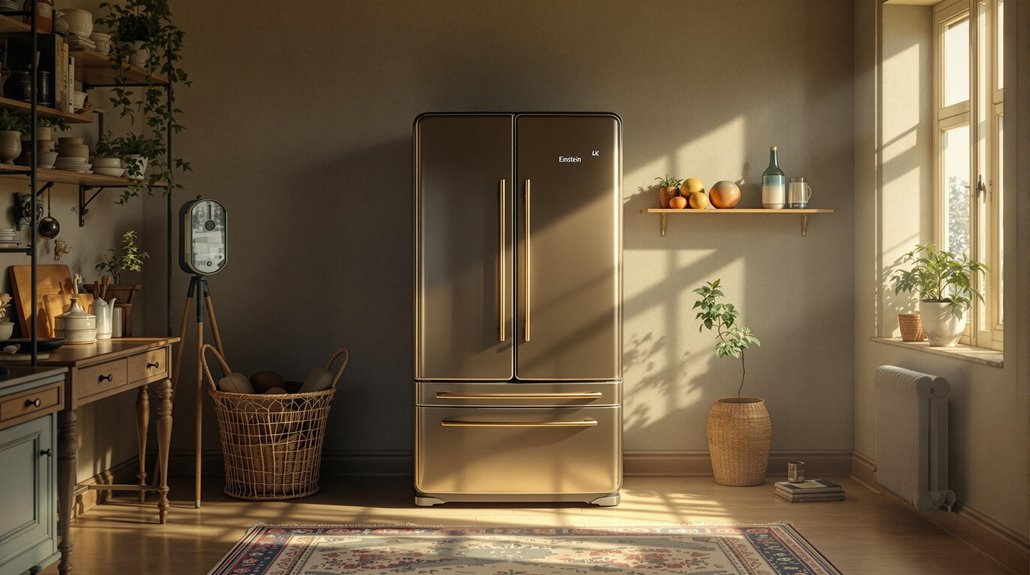
Today's renewed focus on sustainable technology has revived interest in Einstein's refrigeration design.
You'll find this innovative technology in RVs, off-grid homes, and healthcare facilities where sustainable cooling is essential. It's also making waves in developing countries with limited power infrastructure. The absorption refrigeration system provides an ideal solution for areas without reliable electricity.
The system's environmental benefits are compelling – it eliminates harmful refrigerants and markedly reduces energy consumption and greenhouse gas emissions. Advanced units featuring variable speed compressors help maximize energy savings while extending equipment life.
Recent technological advancements, including Oxford University's improvements and smart energy management features, have enhanced its efficiency and practicality.
Looking ahead, you'll see this innovative technology integrated with renewable energy sources and smart home systems.
There's growing potential for commercial applications in food service, and researchers are exploring its use in wearable cooling devices, making sustainable cooling more accessible than ever.

